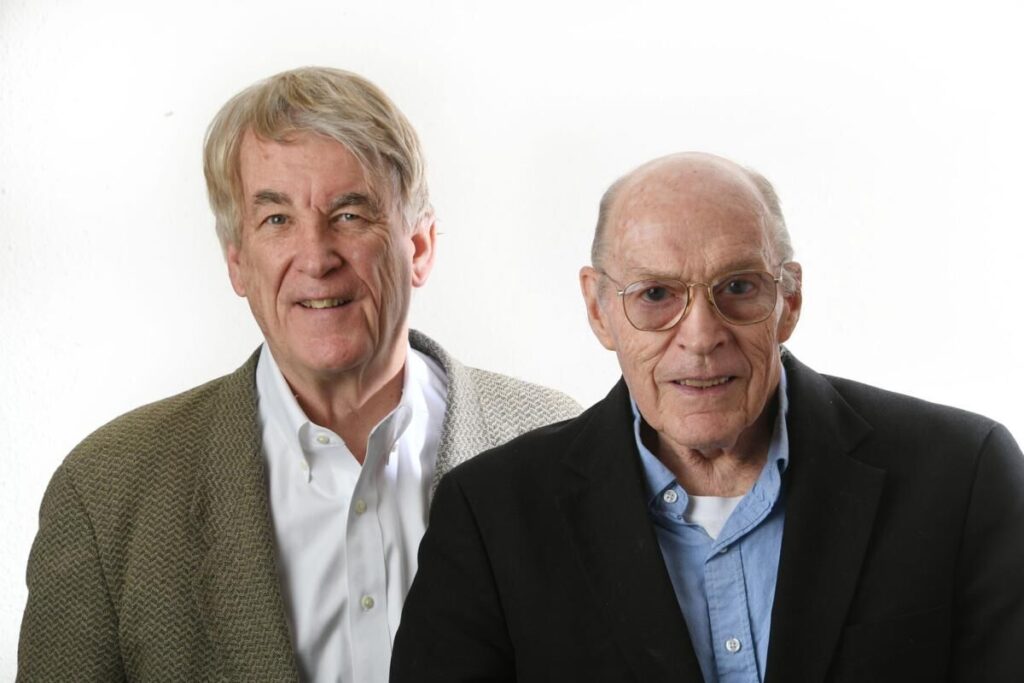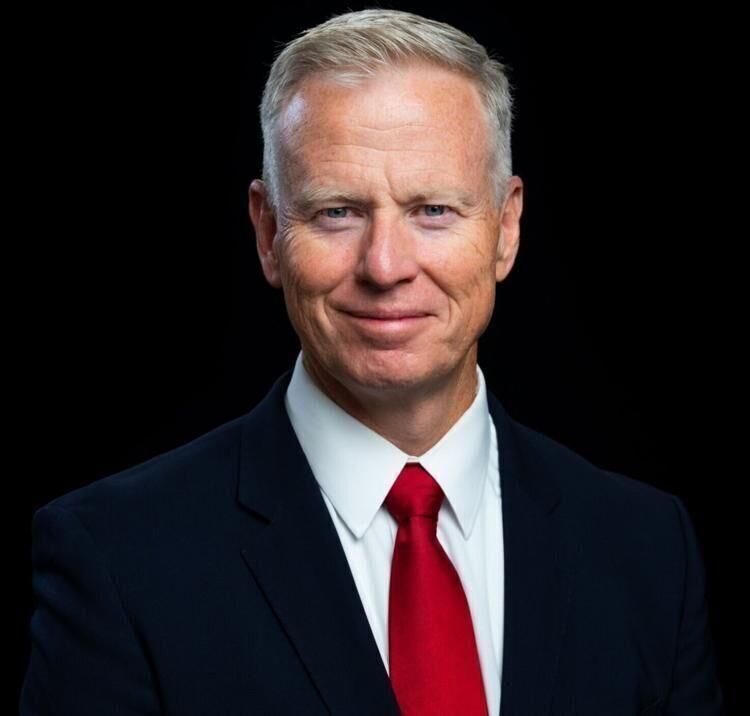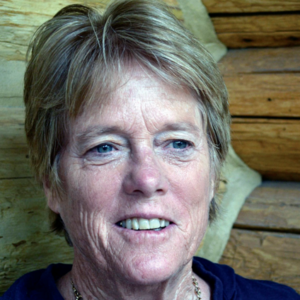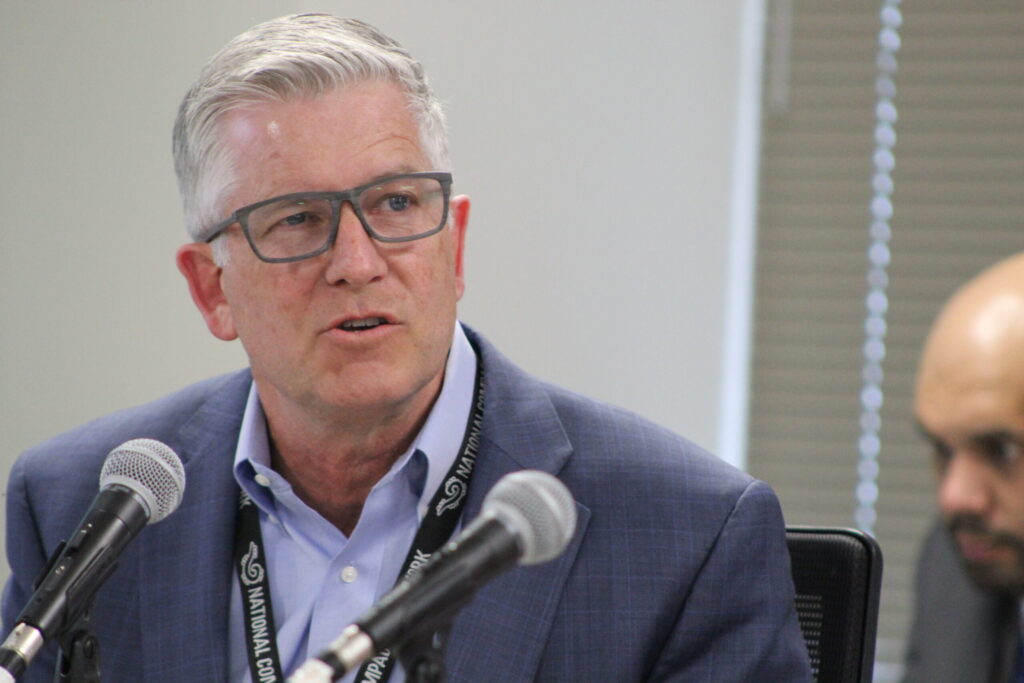3 more Colorado cities supporting strong home rule powers | LOEVY
Let’s continue our close look at the six Colorado cities suing Gov. Jared Polis and the state legislature for enacting two new laws to limit the home rule powers of cities on the Front Range of Colorado.
As pointed out last week, the new laws deny cities the power to require off-street parking for certain new apartment buildings. They also force cities to institute denser zoning and more new apartment buildings along major bus routes.
Last week we looked at the first three suing cities of Aurora, Arvada and Westminster. Here is the basic data on them.
Aurora is the most populous of the six suing cities with more than 400,000 residents. It has a white population of 52.2% and a Hispanic population of 29.7%. Its median household income is $78,685.
Arvada is about one-third the size of Aurora with 120,000 people. A fast-growing community since the end of World War II, Arvada is 77.2% white and about 15.4% Hispanic. The median household income is $113,396.
Westminster is about the same size as Arvada at 116,000 people in 2020. It is 74.7% white and 23.7% Hispanic. It was growing so fast in the late 1980s, city leaders declared a temporary moratorium on new housing. The median household income is $96,145.
Stay up to speed: Sign up for daily opinion in your inbox Monday-Friday
Now here is the data on the second three of the six suing cities being studied — Greenwood Village, Lafayette and Glendale.
Greenwood Village is located in Arapahoe County south of Denver. It is a short distance south of the junction of Interstate 25 and I-225. The city straddles I-25 and is a mix of high office buildings and private residences.
The city is southwest of Cherry Creek Reservoir and State Park. It is southeast of Cherry Hills Village. Its northern boundary is South Bellevue Avenue.
Greenwood Village is small in terms of overall area, occupying only 8.3 square miles. It is also small in population, having only 15,691 residents in 2020. The population rises rapidly in the daytime, however, to about 38,500 due to the people who work in the many businesses there.
In spite of its small size and population, Greenwood Village is well equipped with amenities. It has 31 parks, 47 miles of trails, and 186 acres of open space.
In 2023, the median household income was high at $145,781. The community is well-educated as one-third of the residents have a graduate or professional degree from a major university.
Greenwood Village was Greenwood Ranch back in the 1890s. The area began to grow after World War II ended and was incorporated as a town in 1950.
It underwent a number of major annexations at that time, one of which was the Denver Technological Center (DTC) group of large office buildings. In 1968, Greenwood Village became a home rule municipality.
Greenwood Village is 77.6% white and 7.1% Hispanic. Both Metropolitan State University and Regis University have a satellite campus operating there.
Our next city, the city of Lafayette, is located in Boulder County, Colorado, to the east of the city of Boulder. Just to the southwest of Lafayette is the city of Louisville.
Local attractions in or near Lafayette are a children’s museum and Waneka Lake Park.
Lafayette is named for Lafayette Miller. He and his wife Mary moved to the area in 1871 and began farming on land they gained through the national Homestead Act. Their farm was a success and expanded in size and income generated.
Lafayette Miller died unexpectedly in 1878. His wife Mary, despite having six small children, took over the farm and ran it successfully. Coal was discovered on the farm in 1887, and the coal mine brought additional wealth to Mary and her children.
In 1888, Mary Miller platted 150 acres for a town and named it Lafayette for her deceased husband. The town boomed, and in 1900 the Lafayette Bank was organized with Mary as president, surely one of the first women in Colorado to become a bank president.
The coal mine on the land kept operating until 1956. By that time, rapid population growth in nearby Denver and Boulder brought significant residential growth to Lafayette.
Lafayette is relatively small in size at slightly more than nine square miles. It is 73% white and 16.2% Hispanic. Its population in 2020 was relatively small at 30,411 people. In 2023, the median household income was $110,431.
Our final city, Glendale, is located in Arapahoe County but is surrounded by the city and county of Denver. It is small in terms of both land area (365 acres, or about one-half square mile) and population (4,613 people in 2020).
The western boundary of Glendale is Colorado Boulevard. The northern boundary is East Alameda Street, and East Missouri Street makes up a portion of the southern boundary.
Although small in size, Glendale is the most densely populated municipality in Colorado. It is a thriving commercial area, filled with hotels and motels, as well as high-rise apartment buildings.
In 1859, the area was the site of the junction of the Cherokee Trail and the South Branch of the Smoky Hill Trail. Located near that spot was a stage stop known as the Four Mile House.
The first use of the name Glendale occurred in 1896 when the Glendale Grange was organized. Later, there was the Glendale Dairy nearby.
In 1952, the residents of the area were fearful of being annexed by Denver. They formed the town of Glendale, which became a home rule city in 1972.
A major geographic and recreational feature in Glendale is Cherry Creek, with its biker-hiker trail, which runs east to west through the city.
Glendale is about 65% white and about 25% Hispanic. The median household income is $68,952. Approximately 16% of families in Glendale live below the poverty line.
What conclusions can be drawn from this study of the six Colorado cities suing to preserve their home rule powers?
These six cities have undertaken a challenging task. Gov. Polis has threatened to cut off state funding and grants for any city that declines to enforce the two state laws involved,
The six suing cities are an interesting cross section of Colorado cities along the Front Range.
Aurora is a home rule city that occupies a large area and has more than 400,000 residents. It is joined in suing by three relatively small cities — Lafayette, with about 30,000 residents; Greenwood Village, with only about 15,000 residents; and Glendale, with a miniscule 4,000 or so.
Two of the suing cities, however, are sizable upscale post-World War II growing suburbs. They are Arvada with about 120,000 residents and Westminster with 116,000.
There is ethnic variety in these six cities as well. Aurora is only 52.2% white, while Arvada, Westminster, Greenwood Village, Lafayette and Glendale are around 70% white.
Hispanic percentages are mainly in the teens and 20s. In descending order: Aurora, 29.7%; Glendale, 25%; Westminster, 23.7%; Lafayette, 16.2%; Arvada, 15.4%; and Greenwood Village, 7.1%.
Four of the six cities have high median household incomes. Arvada is $113,396: Lafayette is $110,431: Greenwood Village is $145,781; and Westminster is $96,145. Aurora is lower at $78,685; and Glendale is $68,952.
Except for Aurora and Glendale, these cities are successful suburban upscale communities governing themselves for many years. They do not want to yield their sovereignty, within their own borders on strictly local issues, to the governor and state legislature.
Conspicuously absent from this list of cities openly fighting the governor and state legislature for their home rule rights are such populous cities on the Front Range as Pueblo, Boulder, Fort Collins, Greeley and Colorado Springs.
This is serious business. If these six suing cities lose their case, the governor and the state legislature will be tempted to intervene in all kinds of what up to now have been considered home rule local affairs.
Only if these six cities win their case will all the other city governments on the Front Range be able to retain all their home rule powers.
Bob Loevy is a news columnist and retired professor of political science at Colorado College who specializes in state and local government.
Colorado Politics Must-Reads:











